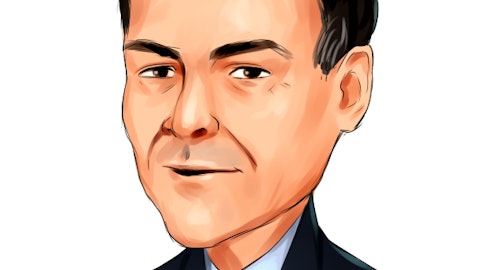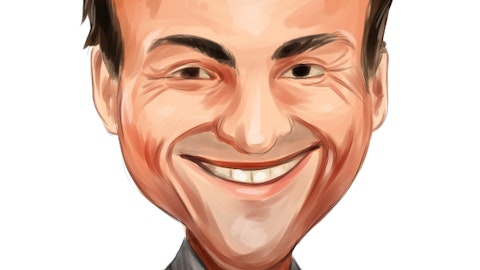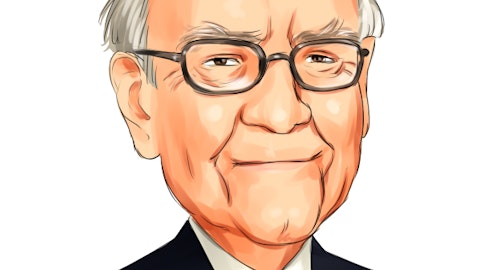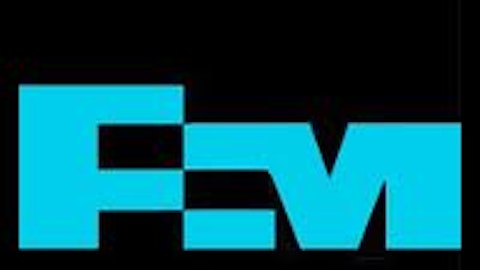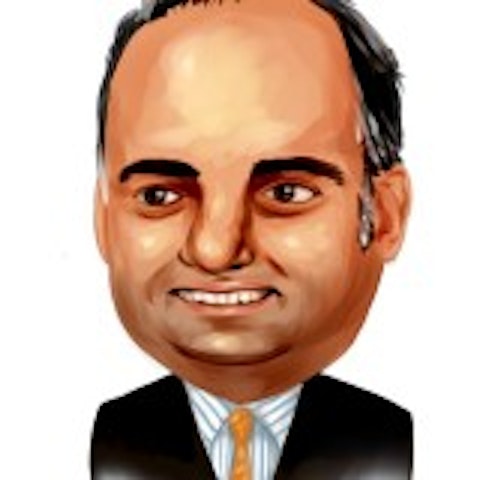
Pabrai’s top two picks at the end of the third quarter were the same as his two favorite stocks from three months earlier: Bank of America Corp (NYSE:BAC) and Citigroup Inc. (NYSE:C). His stake in each of these big banks was essentially unchanged. Even with their share prices well up on the year, Bank of America and Citi trade much lower than the book values of their equity: Bank of America’s P/B is 0.5 and Citi’s is 0.6. To some degree this makes sense as the global financial system hasn’t fully stabilized (particularly in Europe), these two banks are arguably too broad and unfocused to manage their assets effectively, and on an earnings basis they’re more in line with their peers at 8-10 times forward earnings estimates. We can see the value opportunity here, and can understand why an investor might like either of these two, but with the revenue and earnings at each declining at least 25% last quarter compared to the third quarter of 2011 it’s probably better to look at a more stable and only slightly more expensive megabank like JPMorgan Chase or even Wells Fargo.
Pabrai’s fund had initiated a position in Chesapeake Energy Corporation (NYSE:CHK) during the second quarter, and over the course of the third quarter had roughly tripled the number of shares in its portfolio to almost 3 million. Chesapeake had some problems earlier this year when it was revealed that the CEO had been engaged in improper business practices, and short sellers drove the stock down as it became clear that the company would need to sell assets- potentially at fire sale prices- to bring in enough cash for the year. With activist investor Carl Icahn getting behind Chesapeake, however, it has started to recover and now trades at 13 times forward earnings estimates. Read our recent discussion of billionaire Carl Icahn’s investment in Chesapeake.
General Motors Company (NYSE:GM), an increasingly trendy value stock, was another of the holdings in Pabrai’s portfolio. Billionaire David Einhorn of Greenlight Capital recommended it as one of his two long picks at the Value Investing Congress (here’s why billionaire Einhorn isn’t giving up on GM), and Wall Street analysts are very optimistic about the automaker as their earnings trajectory implies a forward P/E of only 7 and a five-year PEG ratio of 0.7 (stocks with a PEG ratio below 1 are interpreted to have an expected growth rate that justifies their current P/E multiple). While we wouldn’t be short the stock we think that there are a number of good value opportunities in the auto industry that aren’t as risky as GM.
Pabrai sold shares of Goldman Sachs Group, Inc. (NYSE:GS), with the roughly 200,000 shares in his portfolio at the end of September down from about 500,000 shares three months earlier, but his fund remained a shareholder. Goldman looks like a classic Buffett pick: it has an impeccable brand name (at least among its potential customers, though not with the general public) and yet trades at a discount to book value (the P/B ratio is 0.8) and at quite modest P/E multiples. The trailing and forward P/Es here are 11 and 9, respectively, with analysts expecting strong medium-term growth. We think that the stock is worth a closer look.

